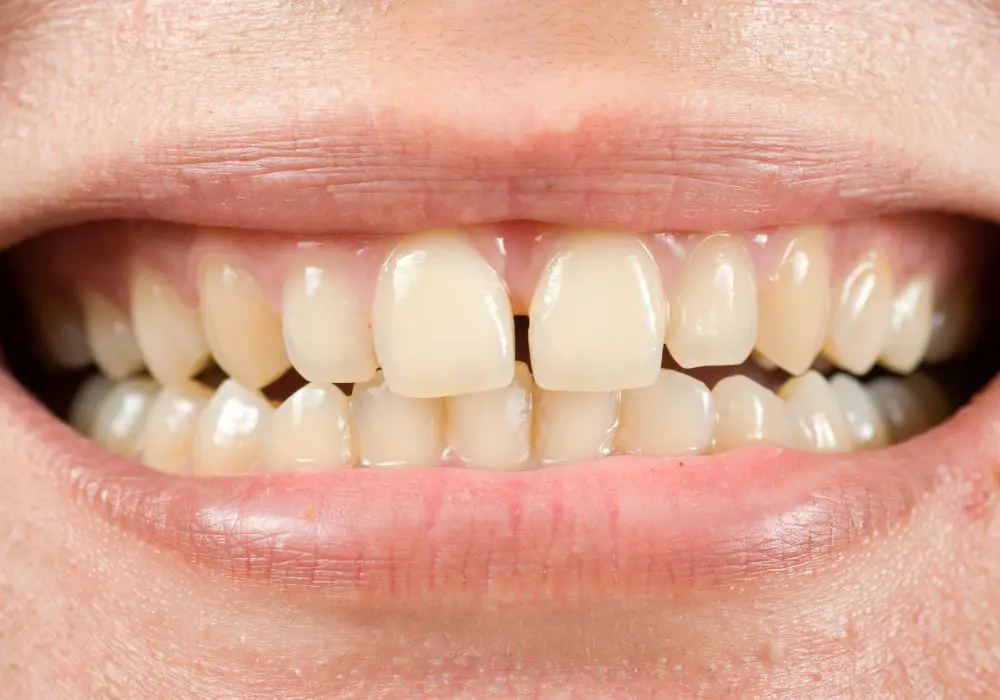What Is A Dental Filling, And Why Is It Used?
Dental health is a crucial aspect of overall well-being, and one common procedure that plays a pivotal role in maintaining it is the dental filling. In this article, we delve into the intricacies of dental fillings, exploring their purpose, types, and the vital role they play in emergency dentistry.
What is a Dental Filling?
A dental filling is a restorative dental procedure designed to repair and restore a tooth that has been damaged by decay, trauma, or wear. It involves the removal of the affected portion of the tooth and the subsequent filling of the space with a suitable material to prevent further deterioration.
The Purpose of Dental Fillings:
The primary purpose of dental fillings is to restore the structural integrity of a damaged tooth and prevent the progression of decay. By filling cavities or cracks, dentists aim to halt the spread of bacteria and protect the tooth from further harm. Additionally, dental fillings help to alleviate pain and discomfort associated with tooth damage.

Types of Dental Fillings:
Several materials can be used for dental fillings, each with its own set of advantages and considerations. Common types include:
Amalgam Fillings:
Comprising a mixture of metals, including mercury, silver, tin, and copper.
Known for their durability and cost-effectiveness.
Particularly effective for restoring molars.
Composite Fillings:
- Made of a tooth-colored resin that blends seamlessly with natural teeth.
- Preferred for their aesthetic appeal.
- Suitable for repairing visible teeth, such as front teeth.
Ceramic Fillings:
- Constructed from porcelain or other ceramics.
- Resistant to staining and highly durable.
- Mimics the natural appearance of teeth.
Glass Ionomer Fillings:
- Contains glass particles and an organic acid.
- Releases fluoride, promoting tooth strength.
- Often used in non-load-bearing areas.
The Role of Dental Fillings in Emergency Dentistry:
Emergency dentistry focuses on addressing urgent dental issues promptly, and dental fillings play a crucial role in this context. Here's how:

Pain Relief:
Dental fillings provide swift relief from pain associated with cavities or fractures.
Emergency situations often involve acute discomfort, making fillings an essential tool for immediate relief.
Prevention of Further Damage:
Acting as a barrier, dental fillings prevent bacteria from entering and causing additional damage.
Timely application of fillings can curb the progression of decay, averting the need for more extensive procedures.
Restoration of Functionality:
Emergency dentistry aims to restore normal dental function quickly.
Dental fillings enable patients to regain the ability to chew and speak comfortably soon after the procedure.
Conclusion:
In essence, dental fillings are a fundamental aspect of dental care, serving both preventive and restorative purposes. Understanding their role in emergency dentistry highlights the importance of swift action in addressing dental issues. Regular dental check-ups and prompt attention to dental concerns can ensure that dental fillings contribute to maintaining a healthy and functional smile for years to come.
Comments
Post a Comment